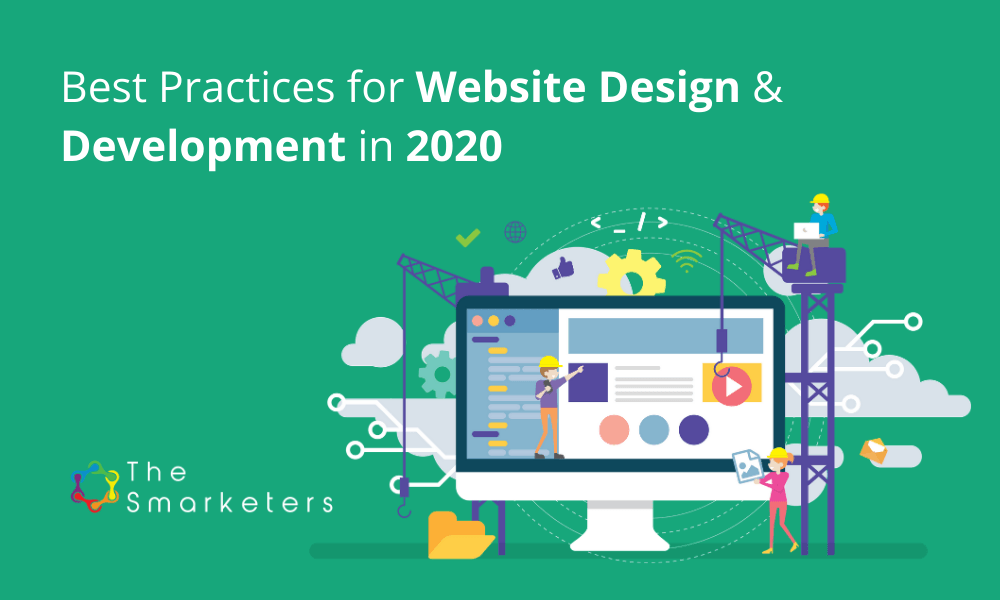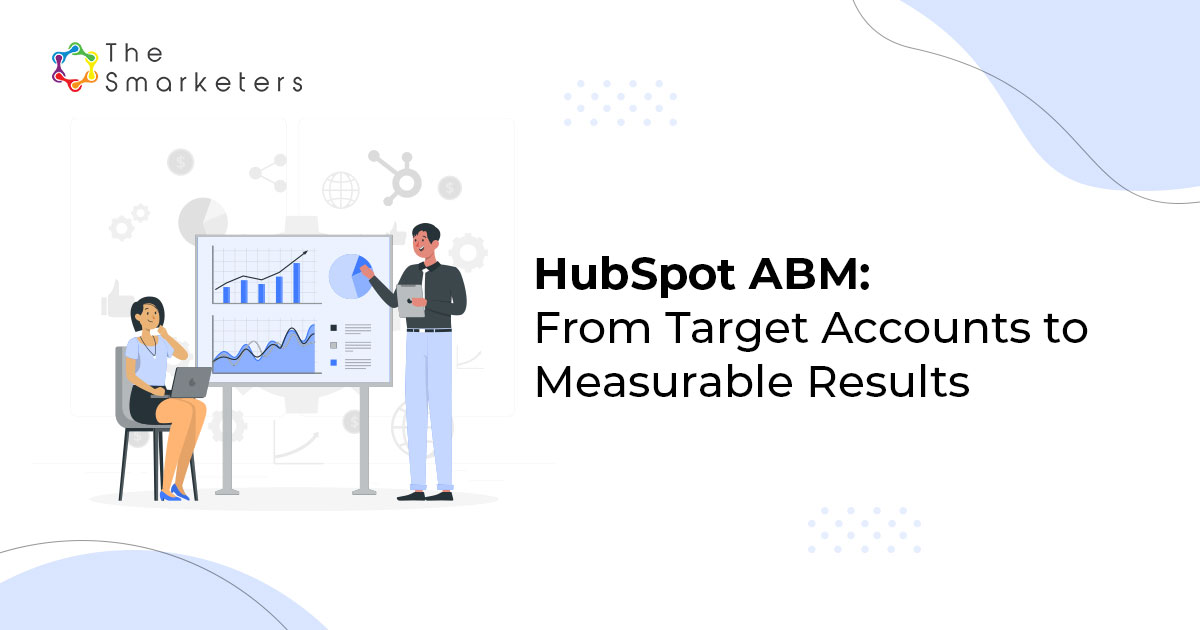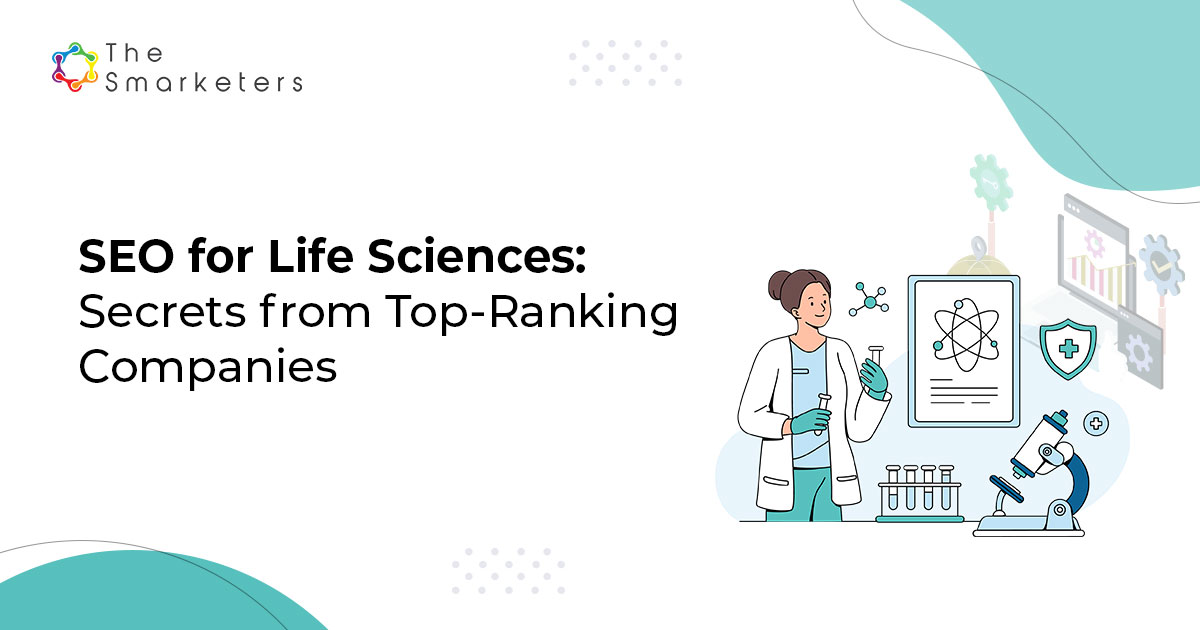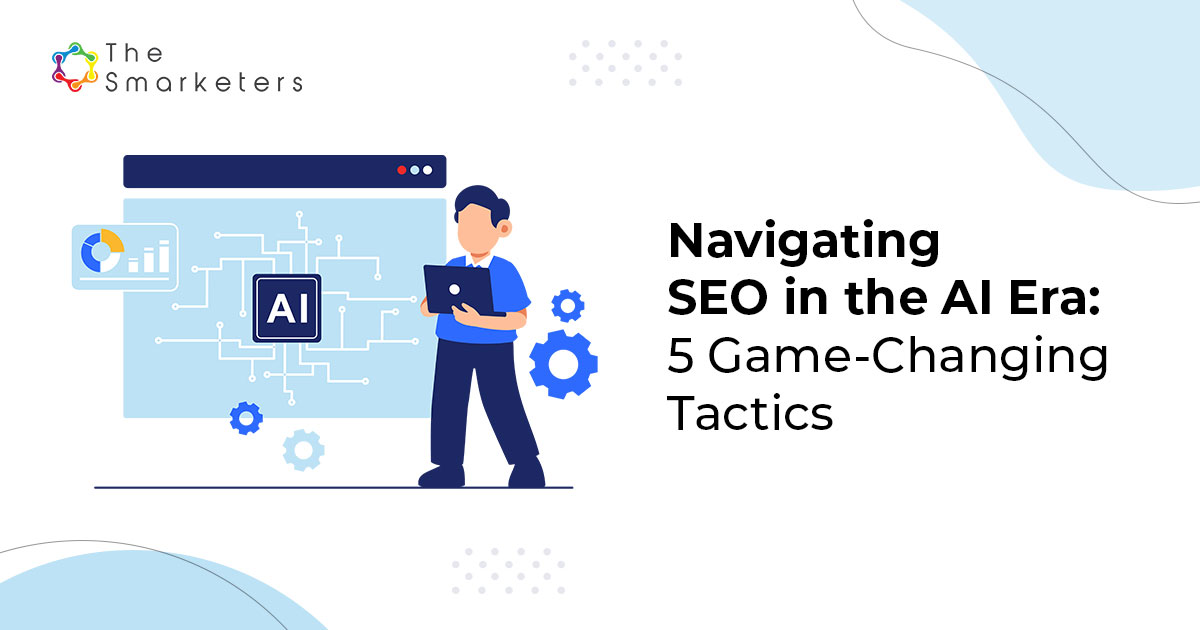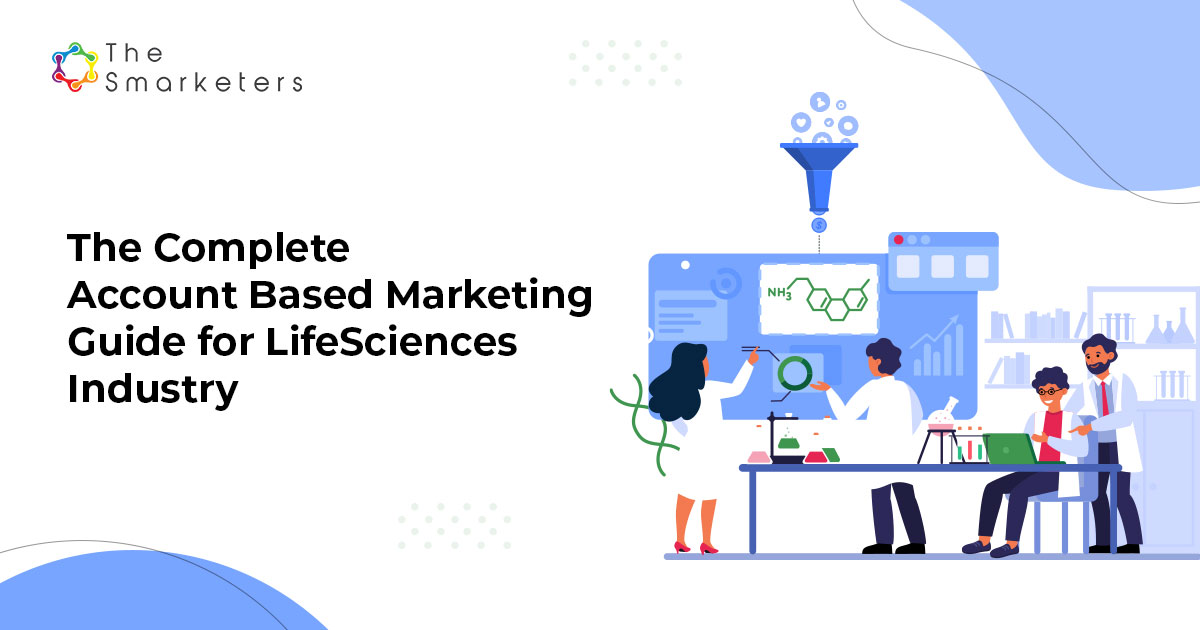Staying ahead of the competition requires researching current trends and keeping up with consumer expectations. An important aspect of this is maintaining aesthetic appeal and having your site come up in relevant search results organically through Website design and development practices. What is appealing about any website design is that it keeps changing with time.
In 2020, we believe there will be bold colours with minimalist website designs and intuitive UI all geared toward making the UX smoother and more seamless.
1. Chatbots
As per Global Market Insights, the overall market size for chatbots worldwide would be over $1.3 billion by 2024. These are helpful to both small businesses and big enterprises in engaging and transforming social interactions.
Trying to collect information from visitors to your site can be a hassle with long forms and questions. Chatbots simplify the process while making it real-time and engaging. The best part is that they can be deployed across touchpoints making the resolution of queries faster and seamless.
2. Mobile-First Design
Responsive design is imperative in today’s landscape. Mobile traffic has overtaken desktop, 48.2% of all online traffic comes from mobile and tablet devices. With mobile and hand-held devices becoming ubiquitous making your site mobile friendly is a priority. A crucial element for this is the placement of the navigation bar, menu, and even contact buttons in the right space for an intuitive UI. This further makes it easy for users to find what they need, without bogging down page speed or cluttering the screen thereby providing an enhanced UX.
3. Bold Colours
Moving away from safe colour choices has been an increasing trend and we see this continuing in 2020. Choosing colours that attract attention has a higher chance of impressing visitors leading to higher conversion rates.
Using colour as a conscious part of the design allows for evoking specific moods and mindsets among users. Colours are an important way to get your business noticed and positively connect with potential clients.
4. Minimalistic Design
Juxtaposing bold colours with minimalistic design elements make your brand stand out. Understanding website design helps ideate how a site can use bold, saturated colours without overwhelming the eye. Having a lot of white space with the option to turn to dark mode is the latest trend.
Dark mode allows visual elements to stand out in contrast to other colours while enhancing visual ergonomics by reducing eye strain. Dark themes are better for OLED screens combining utility and aesthetic appeal by saving power and extending screen lifespans.
5. Dynamic Content
In 2018, mobile internet usage was 48.2%. 75% of people never scroll past the first page in search results and 80% of people ignore Google ads, despite the jump Google ads are expected to see this upcoming year.
Dynamic content marketing allows different visitors to understand how the site will help them. Even with a specific target demographic in mind, there are several segments within them. The content needs to be designed to appeal to multiple fragments of consumers each with diverse interests and expectations.
6. Smart Videos
Videos are very effective and engaging. Bite-sized information in the visual format trumps reading pages of content. However, it is important to understand the purpose of a specific video on your site. Having a well-thought-out, high-quality video that your users will be inclined to watch and engage with is more important than having a dozen videos on your site.
This gives a lot of room to manoeuvre. The videos need to be eye-catching but not intrusive. It can convey the technical aspects or be a fun visual representation of what the company does. All of this with short loading times.
This dispenses description for precision making it more simplistic.
7. Single-Page Applications
Consumer expectations for faster and seamless digital experiences are on the rise. A one-second delay in mobile load times can impact mobile conversions by up to 20%.
Using JavaScript to load content makes the wait time drastically less by reducing the reloading requirement. Further, these applications are increasingly prevalent because all pertinent information is displayed on a single page. This improves UX significantly by eliminating the need to navigate multiple pages to get relevant information.
8. Push Notifications
The push notifications statistics show that an average US smartphone user receives 46 app push notifications per day. With omnichannel touchpoints, users can engage with the company easily. Online marketing today needs to be personalized and relevant to each user. Push notifications help reach a wider audience while leveraging the benefits of online marketing.
Acting as a direct communication link between the brand and its customers, it actively gets the message across without being relegated to the spam folder. In addition, it helps in reaching a specific target demographic based on age, gender, location, history, and more.
These can be used for special discounts, events, and customer-centric activities. However, companies must take care to not overuse this feature.
9. Augmented Reality (AR) and Virtual Reality (VR)
It is estimated that the collective market of AR and VR will grow to around $215 billion by 2021. With AR becoming readily available, designers and developers are at an advantage. Leveraging this technology in their UIs will provide users with increasingly affordable options that significantly enhance their browsing experience.
With compatible plugins available for VR web designers can now upload 360-degree videos to the sites. AR is more dependent on customer experience and requires a highly nuanced understanding of the target audience than VR. Research shows that AR can be an excellent tool for boosting engagement. In addition, AR has been shown to have the potential to increase empathy between users, products, and businesses.
10. Cybersecurity
Cybersecurity Ventures Report states that cybercrime is likely to cost the world $6 trillion per year by 2021. With data privacy laws being made more stringent, it is essential to have a robust security system.
With sensitive, confidential information being stored on websites, it is prudent and essential this information is secure. With the passing of the California Consumer Privacy Act (CCPA) and the General Data Protection Regulation (GDPR) ‘the privacy by default principle’ is now a legal requirement. This puts the onus on the website developers to incorporate consumer privacy principles into all of their projects and document these design processes along the way.
To accomplish this, it is imperative that website design and development work in concert. The end goal must be to ascertain how to obtain and leverage data to create a tailored experience while simultaneously protecting the user – all within the same design.
The final word
Websites must have a coherent visual language that encapsulates the brand’s vision. The preferences of the end-user determine the popularity and future of various current trends. Changing customer preferences might cause one or more of the elements previously considered amazing to become obsolete. However, elements incorporating functionality and Search Engine Optimization [SEO] are necessary to rank high on search engines.
It’s therefore important to understand the requirements of your target demographic and make sure your website checks all the right boxes. Not just what your customers wanted, but also what they didn’t know they needed.

